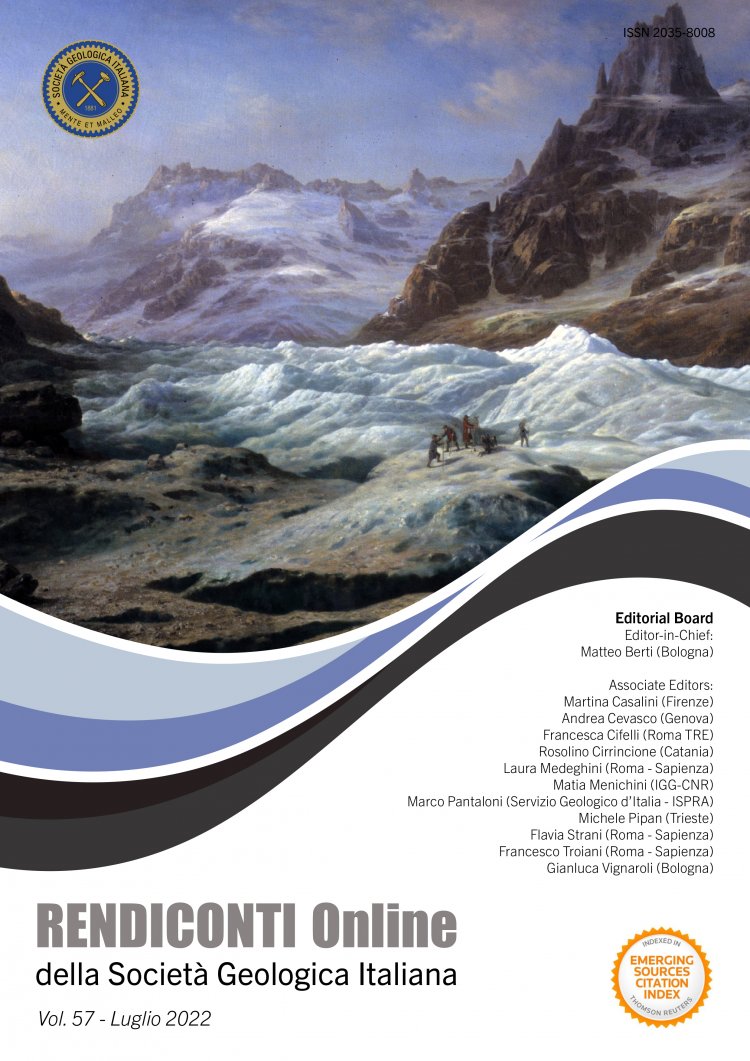
Geomorphological classification of the landscape in urban areas: hints from some study cases in Italy
Francesca Vergari1, Alessia Pica1, Pierluigi Brandolini2, Laura Melelli3 & Maurizio Del Monte1
1Sapienza Università di Roma, Dipartimento di Scienze della Terra.
2Università di Genova, Dipartimento di scienze della terra, dell'ambiente e della vita – DISTAV.
3Università di Perugia, Dipartimento di Fisica e Geologia.
Corresponding author e-mail: francesca.vergari@uniroma1.it
Volume: 57/2022
Pages: 33-39
Abstract
Urban geomorphology is a recent topic and its theory and practice require continuous updates. However, few studies have focused on issues specifically connected with the cartographic representation of geomorphological processes and landforms in urban environments, with the aim of reconstructing and clarifying the original physical landscape. Recent studies conducted in Italian cities have tried to propose new strategies for detecting and mapping human induced modifications to the topography, and anthropogenic landform classification has been recently deepened in the revised Italian national guidelines for geomorphological mapping, proposed by AIGeo and ISPRA. In this work, natural landforms modified by man and new artificial landforms are explored and compared in three Italian cities: Genoa, Rome and Perugia. In these urban areas, human activities have remodeled the topographic surface and become the most important landscape moulder. Many reliefs have been erased, whereas thick layers of anthropogenic deposits covered most of the natural landforms, with the result, for example, of hiding or greatly modifying the natural drainage network. Geomorphological studies in urban environments allow the reconstruction of the physical landscape before human modifications and the implementation of innovative methodological tools, and an effective legend to represent the urban landforms and their evolution over time.
Keywords
Get Full Text